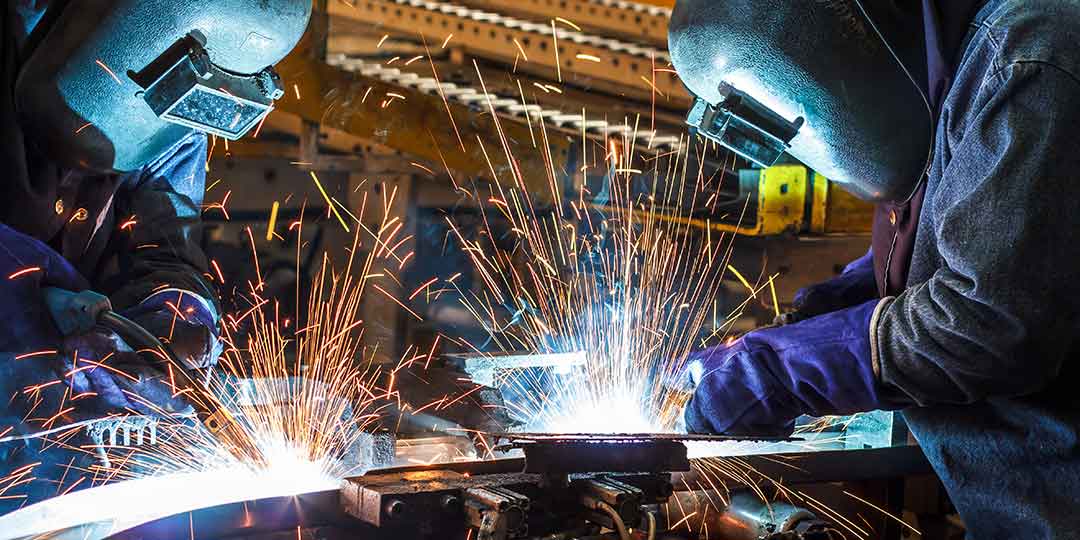Safety & Regulations | Design & Engineering
COMPARING Steel VS. Concrete for Blast-Resistance Buildings


There's a reason why Superman is known as the man of steel, not concrete. Steel is pound-for-pound, the strongest construction material. Not only is it strong, but it’s also durable. To demonstrate, decades after its construction, a 25-story building in London, the Winterton House, was due for an upgrade. When they stripped it down, they found that its steel frame was still in excellent condition. So, with just a little extra support, they rebuilt the residential units for a fraction of the cost.
A blast-resistant building is designed to withstand an explosion, protect the occupants and remain standing after a destructive event. Therefore, you need construction material known for its tensile strength to keep your building (and most importantly, your team) protected.
Steel Is Stronger
Steel is known for its tensile strength. That means it takes a lot of force to pull it apart or rupture. Before steel reaches its ultimate tensile strength, it enjoys a level of elastic deformation, which means it can stretch and resume its original form. With a
reinforced concrete blast resistant building, in contrast, you have no tensile strength. Why is this important?
When carrying out a blast test, you can see the action of the shock wave as it makes its way from the point of the blast. Without tensile strength, the building would shatter. Instead, the shock wave pushes against the structure, putting compression pressure on the outside and tensile stress on the inside. The steel absorbs the impact of the blast leaving the occupants safe. It works like a lightning suit, protecting your assets while physics takes its course outside the structure.
Steel Is Flexible
In tall buildings, steel reinforcement is needed because of its flexibility or ductility. Ductility is the ability to bend without breaking.
Tall buildings contend with strong winds as they graze the sky, so they can't afford to be too rigid. The flexibility allows the building to move slightly in the wind without causing structural damage.
Flexibility also allows the building to adjust to extreme weather conditions. The elasticity of steel with a blast-resistant building enables it to expand and contract without cracking during a blast. With concrete blast resistant buildings the concrete doesn't have this quality.
Steel Is Lightweight
Since steel is lighter, you'll save a bundle on construction costs of your blast-resistant building compared to reinforced concrete buildings. Furthermore, the components of the building are prefabricated and assembled off-site. And, being a light material, the pieces are easily transported to the site for installation. As a result, a small unit can be complete in a couple of weeks with minimal disruption to the site.
Being light and malleable also allows you to make allowances for fixtures and fittings easily. There is no need to drill holes and take down walls to put in the wiring and plumbing for your blast-resistant building, which is taken into account when designing the unit.
Keep Your team safe
Your greatest asset isn't your machines or materials; it's your people. Whether the threat is malicious or accidental, you have the responsibility to keep your employees safe. In many states, the authorities don't rely on your moral compass. These states have made it mandatory for you to provide a safe workplace for their citizens.
Even insurance companies recognize steel structures as the safest bet in the event of an explosion. Moreover, the return on investment for these structures compared to a concrete blast building is high because of their durability.
Interested in learning more? Check out our Steel vs. Concrete Head-To-Head Comparison.
RedGuard Sales & Marketing
The RedGuard sales and marketing team curates and writes on a variety of topics regarding blast-resistance and modular buildings. To inquire about any of the topics you read about on our blog, connect with us.


